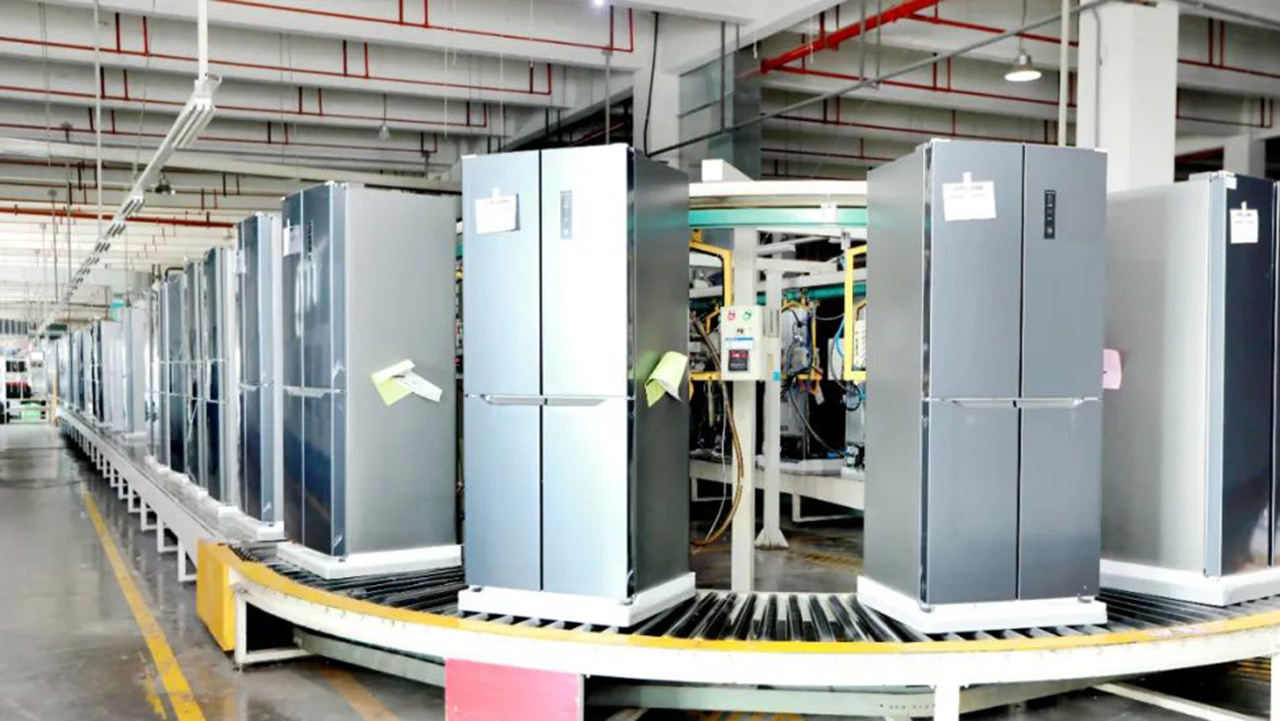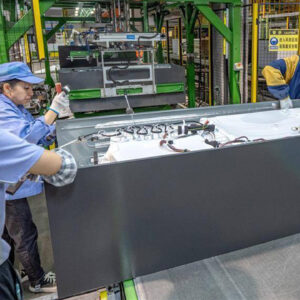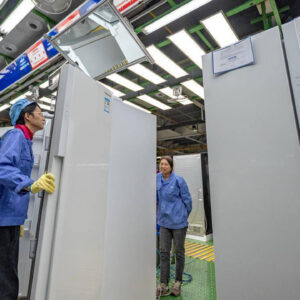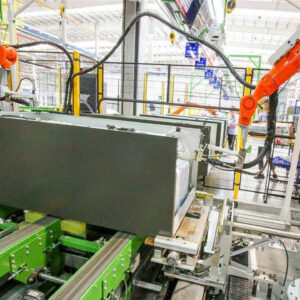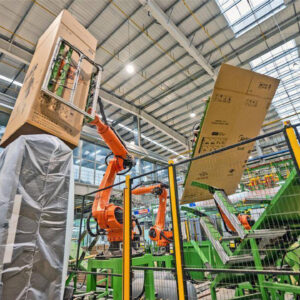Fridge Assembly Line Advantages—Fridge Assembly Line Manufacturer
Description
We specialize in providing solutions for Fridge Assembly Lines/Production Lines.
Fridge Assembly Lines/Production Lines are Suitable to Assemble/Produce Fridges.(Welcome to contact us, we will suggest and design the suitable Assembly Lines/Production Lines for you.)

Fridge Assembly Line Advantages:
The advantages of Fridge Assembly Lines are primarily reflected in several core aspects such as efficiency, cost, quality, and production management. They are the cornerstone of modern large-scale manufacturing.
Here are the main advantages of refrigerator assembly lines, broken down into key areas:
1. High Production Efficiency
Specialized Division of Labor: Breaks down the complex process of refrigerator manufacturing into hundreds of simple, standardized steps. Each worker only needs to master a few operations, significantly reducing training time and operational complexity per worker.
Flow Production and Takt-based Manufacturing:Products move on a conveyor belt at a fixed “takt time,” requiring workers to complete their tasks within the allotted time. This eliminates waiting time between steps, ensures continuity and stability, and far surpasses the production speed of traditional craft methods.
Mass Production Capability: Assembly lines can operate 24/7 (via shift work), enabling rapid fulfillment of large-scale market demand for refrigerators.
2. Significant Cost Reduction
Reduced Reliance on Highly Skilled Labor:Simplified tasks mean companies don’t need to hire numerous high-paid, all-around skilled workers, lowering labor costs and easing recruitment.
Reduced Work-in-Process Inventory: The fast flow of materials minimizes the accumulation of semi-finished products, saving storage space and capital tied up in inventory.
Economies of Scale: Large-scale, standardized production allows the amortization of fixed asset investments (equipment, factories) and R&D costs, significantly lowering the unit cost per refrigerator.
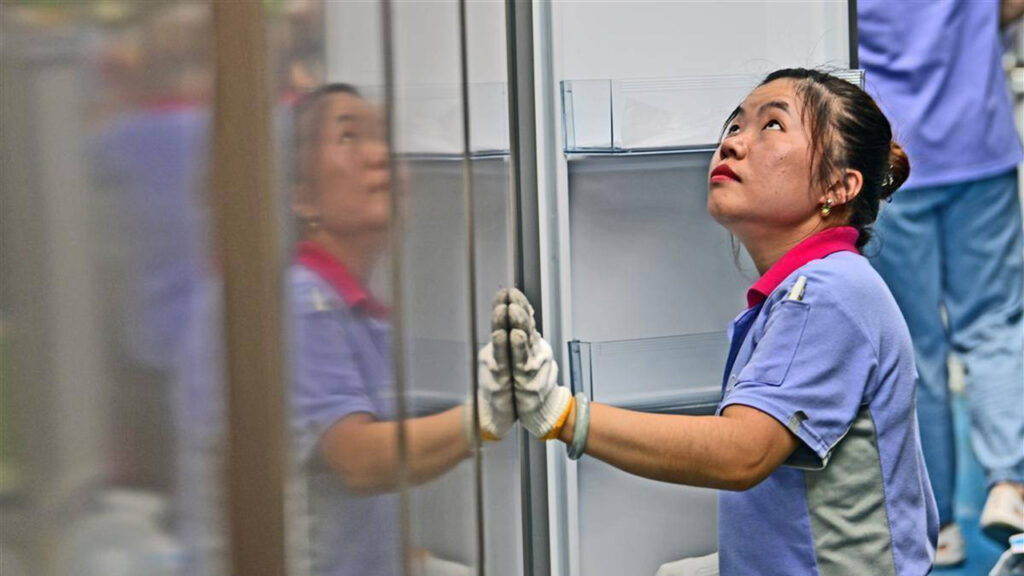
3.Simplified Worker Training and New Product Introduction
Short Training Cycles: New workers only need to learn a few specific tasks, allowing them to get up to speed quickly and reducing the impact of staff turnover.
Flexible Adjustments: For new models, only fixtures, tools, and instructions at specific stations need updating, with relevant workers retrained, making the system quite adaptable.
4.Ensured Product Quality Consistency and Control
Standardized Operations: Strict procedures and standards for each step reduce quality fluctuations caused by variations in worker skill or fatigue, ensuring a consistent baseline quality for every unit.
Facilitated Quality Inspection and Control:Quality checkpoints can be established at key stages (e.g., post-foaming inspection, final performance testing). Problems can be quickly traced to specific steps and teams for immediate correction, preventing batch quality issues.
Strong Traceability: Using barcodes or RFID, each refrigerator can be tracked with data like production time, batch, and key component suppliers, aiding after-sales service and quality recalls.
